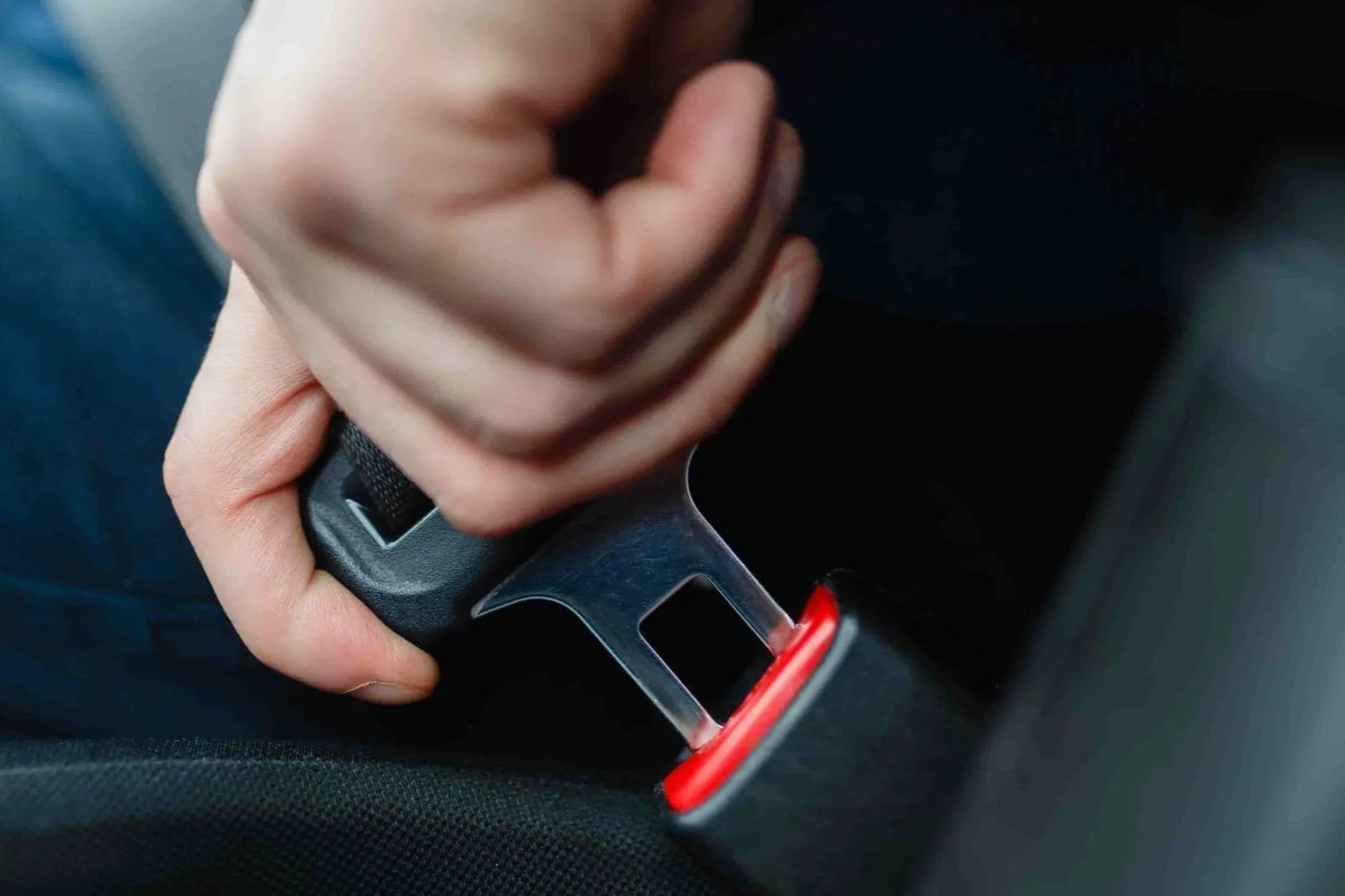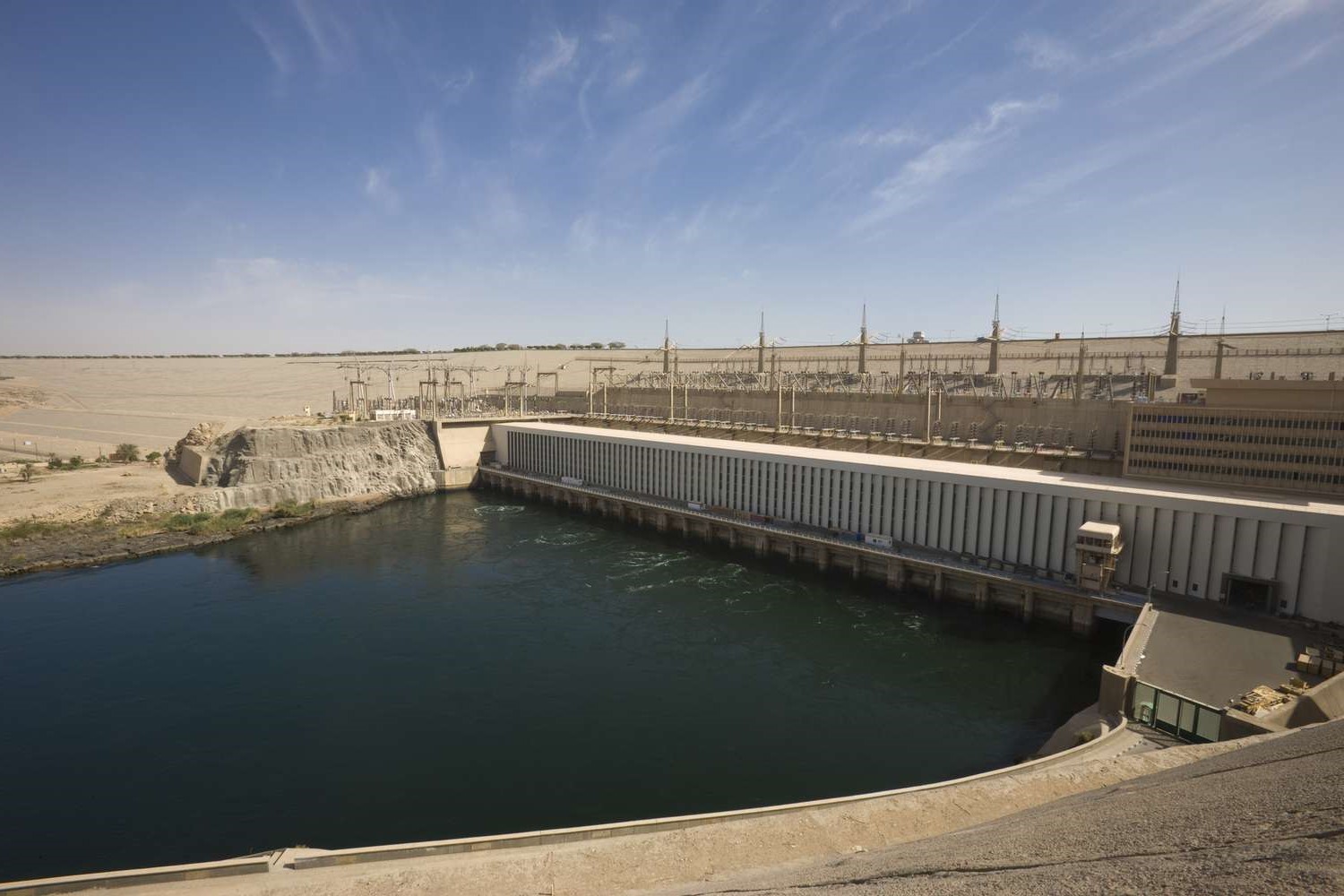
Seatbelts save lives—it's a fact backed by countless studies and real-world data. But how much do you really know about these life-saving devices? From their invention to their role in modern vehicles, seatbelts have a fascinating history and an even more critical function. Did you know that wearing a seatbelt can reduce the risk of fatal injury by up to 45%? Or that the first seatbelt law was enacted in 1968? Buckle up as we explore 13 compelling facts about seatbelts that highlight their importance and might just change the way you think about car safety.
Seatbelts: A Lifesaving Innovation
Seatbelts are more than just a strap across your body. They are a crucial safety feature in vehicles, designed to protect passengers during collisions. Here are some compelling facts about how seatbelts save lives.
-
Seatbelts Reduce Fatalities by 45%: Wearing a seatbelt can decrease the risk of death for front-seat passengers by nearly half. This simple action can be the difference between life and death in a severe accident.
-
Prevent Ejection from the Vehicle: One of the most dangerous outcomes of a car crash is being thrown from the vehicle. Seatbelts keep passengers securely inside, reducing the risk of fatal injuries.
-
Distribute Force Across Stronger Parts of the Body: Seatbelts are designed to spread the force of a collision across the chest, pelvis, and shoulders. This minimizes injury to more vulnerable parts like the head and abdomen.
The Mechanics Behind Seatbelt Safety
Understanding how seatbelts work can help appreciate their importance. They are engineered with precision to provide maximum protection.
-
Inertia Reels Lock During Sudden Stops: Modern seatbelts have inertia reels that lock the belt in place during a sudden stop or crash. This prevents passengers from being thrown forward.
-
Pretensioners Tighten the Belt: Some seatbelts come with pretensioners that automatically tighten the belt in the event of a collision. This reduces slack and ensures the passenger is held firmly in place.
-
Load Limiters Reduce Pressure: Load limiters allow the seatbelt to extend slightly during a crash, reducing the pressure on the passenger's chest and preventing injuries from the belt itself.
Legal and Social Impacts of Seatbelt Use
Laws and societal norms play a significant role in encouraging seatbelt use. These regulations and campaigns have saved countless lives.
-
Mandatory Seatbelt Laws Save Lives: Countries with strict seatbelt laws see significantly lower rates of traffic fatalities. These laws ensure that more people buckle up every time they get in a car.
-
Public Awareness Campaigns: Campaigns like "Click It or Ticket" have raised awareness about the importance of seatbelt use. These initiatives remind people to buckle up and have contributed to higher compliance rates.
-
Insurance Benefits: Many insurance companies offer discounts to drivers who consistently use seatbelts. This not only promotes safety but also provides a financial incentive for responsible behavior.
The Evolution of Seatbelt Technology
Seatbelt technology has come a long way since its inception. Innovations continue to enhance their effectiveness and comfort.
-
Three-Point Seatbelt: Invented by Volvo engineer Nils Bohlin in 1959, the three-point seatbelt is now a standard feature in vehicles worldwide. It offers superior protection compared to earlier designs.
-
Adjustable Upper Belts: Modern seatbelts often come with adjustable upper belts, allowing passengers to position the belt comfortably and securely across their chest.
-
Integrated Child Safety Seats: Some vehicles now feature integrated child safety seats with built-in seatbelts. This innovation ensures that even the youngest passengers are protected.
The Future of Seatbelt Safety
As technology advances, seatbelts continue to evolve, promising even greater safety features in the future.
- Smart Seatbelts: Emerging technologies like smart seatbelts can monitor the wearer's vital signs and adjust tension accordingly. These advancements could provide even more personalized protection in the event of a crash.
Seatbelts: Your Lifeline on the Road
Seatbelts save lives. They reduce the risk of fatal injury by 45% for front-seat passengers. Wearing one can prevent ejection during a crash, which is almost always deadly. Seatbelts also keep you in place, allowing airbags to work effectively. Not using them can result in hefty fines and increased insurance premiums. Kids need proper restraints too; adult seatbelts aren’t enough for them. Pregnant women should wear seatbelts to protect both themselves and their unborn child. Remember, short trips are no excuse to skip buckling up. Even at low speeds, accidents can be fatal. Seatbelts are a simple, effective way to protect yourself and your loved ones. Make it a habit. Buckle up every time, no matter how short the journey. Your life depends on it.
Was this page helpful?
Our commitment to delivering trustworthy and engaging content is at the heart of what we do. Each fact on our site is contributed by real users like you, bringing a wealth of diverse insights and information. To ensure the highest standards of accuracy and reliability, our dedicated editors meticulously review each submission. This process guarantees that the facts we share are not only fascinating but also credible. Trust in our commitment to quality and authenticity as you explore and learn with us.

